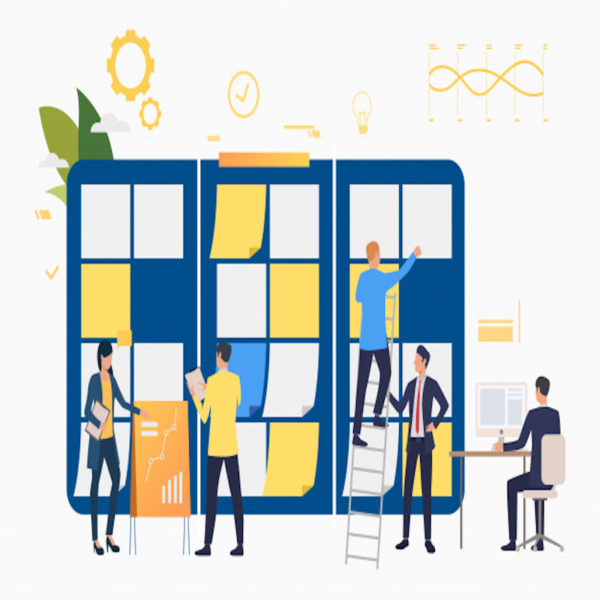Methodology
Our Methodology
Lifecycle Methodologies and Tools
The Spurtech development team adopts project methodologies based on the client’s project specifications and requirements. Spurtech technologies has extensive expertise in the following methodologies:
Traditional Waterfall Model
This life-cycle model demands a systematic, sequential approach to software development that begins at the Customer’s software requirements and progresses through analysis, design, coding, testing and post development warranty and is considered an ideal choice when the user’s software requirements are clearly stated at the inception of the project.

Object Oriented Model
Each Object Oriented Development Project that is taken up by Spurtech may go through all or some of the phases of the Software Development Life Cycle (SDLC) defined by Spurtech’s QMS procedures. This methodology is used to define the activities and work products for each phase and in projects where the development tasks arrive as work packets. The phases of execution, the associated work products, verification and validation criteria for each of the relevant phases shall be at par with this methodology.
Rapid Prototyping Model
This methodology defines a mechanism to handle concept building and / or prototyping projects and is used by Spurtech in complex projects in order to understand requirements better, to reduce design risks and to share the user interface with the Customer. Concept building projects are typically of an R&D type, where the goal is to arrive at an optimal solution based on a short description of requirements by the Customer. ‘Throwaway’ or ‘Evolutionary’ prototyping (Spiral Model) are used depending on whether the model would be discarded after use or would be adapted after use until it eventually evolves into the product.
Incremental Model
The Incremental model of development is an evolutionary model that combines the elements of the linear sequential model (Waterfall model) and the iterative philosophy of Prototyping and is considered ideal for a project that is complex by nature having large business components and interfaces with third party business applications, requiring high availability, and tight security. It also helps in managing the technology risks by spreading the risk across successive increments. This unique methodology has the distinct advantage of getting developed, quality assured and demonstrable functionality at the end of each iteration, which can be improved upon with successive iterations to get the desired functionality. In other words, early increments are “stripped down” versions of the final product, but they do provide capability that serves the user and also provide a platform for evaluation by the user.
In the Project lifecycle, we use tools which facilitate or effectively document the following activities,:
- Project Management and Planning
- Configuration Management & Version Control
- System Architecture Design
- Automated Testing
- Bug Management
